"One day in the midst of a burning July, When meadows were parched and the rivulets dry, A cluster of Bees in extreme....... anticipation, Flew towards...... a design exhibition"1
(With apologies to Sara Coleridge)
Our five welcoming, stimulating, retreats for bees, or anyone or anything, from the parching burning of July 2022 can be found in Munich, Metz, Tulsa, Vienna and Bordeaux.......
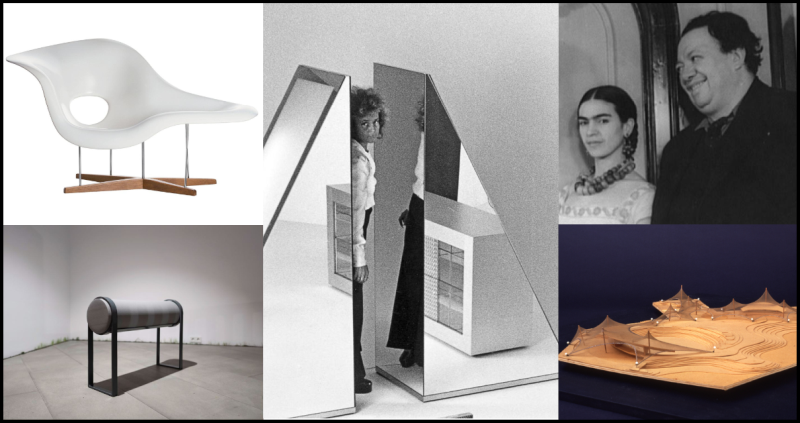
2022 marks the 50th anniversary of the 1972 Munich Olympics, a summer Olympics, arguably, more popularly remembered today for the terror attack than the sport, but which in terms of architecture and design was, inarguably, one of the more important moments in promoting, and developing, positions, approaches and understandings in post-War West Germany: one thinks in particular of Otl Aicher's pictograms and corporate identity, a package of work still spoken of in reverentially hushed tones wherever graphic artists congregate, or of the outrageous, audacious, free hanging roof Frei Otto developed for the Olympic Stadium. And throughout 2022 there are, and will, be a number of events planned to mark the art, design, architecture and civil engineering of Munich 1972.
With The Olympic City of Munich. Retrospect and Outlook, the Architekturmuseum der TU München's focus is, not unsurprisingly, the architecture and the civil engineering; on those objects built on the northern edge of the city to accommodate both the Olympic events and the Olympians. And not just as works themselves, but for all in context of, and as the title implies, on the one hand, their development and the relationships between the development of the Olympic park and wider urban planning, infrastructural, economic, etc developments in post-War Munich, and on the other on their use since 1972: all the buildings and spaces for the 1972 Olympics were designed with a specific post-Olympic use built in, were planned for the Olympics, and for beyond, but how well have theory and practice matched up over the past five decades? What can the experiences of Munich 1972 teach us, half a century later, about the challenges, advantages, problems and dangers of planning a pre-defined re-use into a structure? What can the experiences of Munich 1972 teach us, half a century later, about the challenges, advantages, problems and dangers of setting urban planning in context of major international sports events? What can the experiences of Munich 1972 teach us, half a century later, about the challenges, advantages, problems and dangers of hosting major international sports events? What can the experiences of Munich 1972 teach us, half a century later, about the challenges, advantages, problems and dangers of outrageous, audacious, free hanging roofs?
The Olympic City of Munich. Retrospect and Outlook is scheduled to open at the Architekturmuseum der TU München in der Pinakothek der Moderne, Barer Str. 40, 80333 Munich on Thursday July 6th and run until Sunday January 8th. Further details can be found at www.architekturmuseum.de
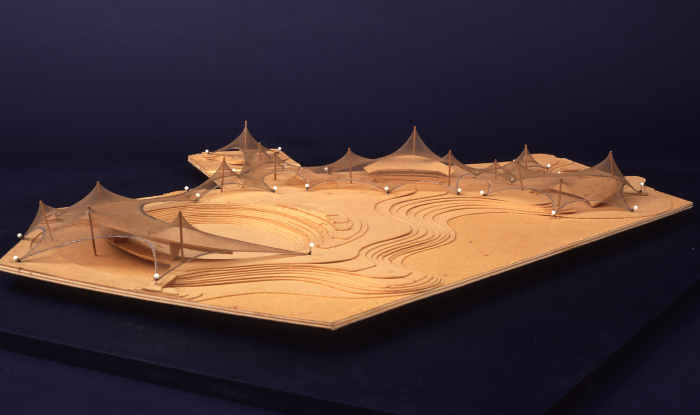
One of the defining motifs of early Art Nouveau was, without question, nature, something most instantly recognisable in the flowing florid curves of French Art Nouveau or the allium-esque bulbs and stems of Scottish Art Nouveau; a formal expression that embodies the conceptual linking by those early designers of contemporary and future society with the natural world, with a world distinct from, more humane than, better than, the industrial of the late 19th century. And since when the relationships between design, nature and industry, has remained very close. A very close relationship the Centre Pompidou-Metz aim to chart and explore in Mimesis. A living design.
Featuring a presentation of some 400 works by 90 international designers, Mimesis promises a journey through a century of design from the Modernism of the early 20th century until today, via chapters exploring subjects such as, for example, Biomorphism, Natures at work or Biofabrication, and in the company of designers as varied as, and amongst many, many, others, Charlotte Perriand, Andrea Branzi, Charles & Ray Eames, Danielle Quarante, Ross Lovegrove or Serge Mouille, the later being given a chapter of his own. As have Ronan and Erwan Bouroullec, specifically a chapter devoted to their Rêveries urbaines studies.
And thus a presentation format that should not only allow insights into the ever changing basis of the relationships between nature and design over the decades, of nature as a source of formal, constructional, material and functional inspiration, but also allow for reflections on the relationships between those changes and developments in design over the century past, on the progression of design positions over the century past, on Luigi Colani's call for a "renaissance of Art Nouveau". And, hopefully, reflections on the damage the design industry, and designers, have and has inflicted on nature over the past century: for all that designers have been inspired and informed by nature, they've not always been that respecting of it.
Mimesis. A living design opened at the Centre Pompidou-Metz 1, parvis des Droits-de-l’Homme, CS 90490, 57020 Metz Cedex 1 on Saturday June 11th and is scheduled to run until Monday February 6th. Further details can be found at www.centrepompidou-metz.fr
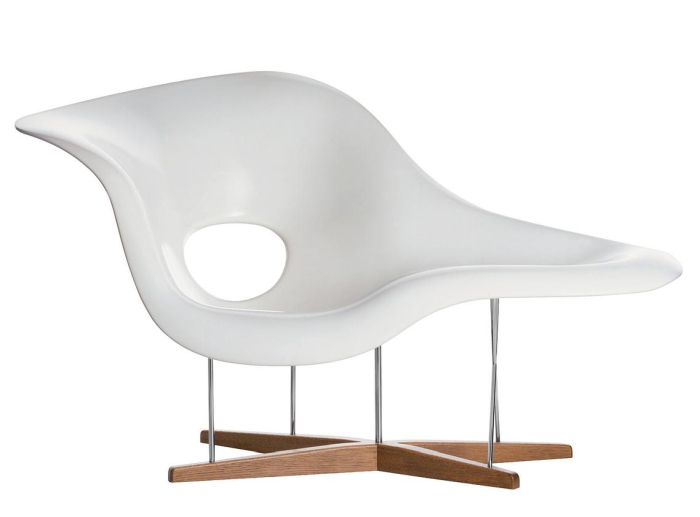
While there is a very strong argument to be made that there has never been a period in the (hi)story of the contemporary Mexico that isn't interesting, important and informative, the first half of the 20th century does stand out, not least on account of its revolution, civil war, diseases and influx of foreigners fleeing oppression and poverty at home.
A period of self-reflection, self-criticism, self-renewal, self-expression of Mexico and Mexicans reflected in the art of all genres of early 20th century Mexico: art of all genres which was not only relevant in the development of Mexico, but relevant for the developments of art of all genres outwith Mexico.
A touring exhibition based on a private collection, and which beyond its main protagonists also promises works by numerous of the main protagonists' contemporaries, Frida Kahlo, Diego Rivera, and Mexican Modernism promises to explore and discuss that period in Mexico's (hi)story through two artists whose backgrounds, turbulent private relationship, folkloric positions, re-imaginings of pre-Hispanic Mexico, visions of a future Mexico, and colourful artistic approaches mean they are not only two of the more interesting, important and informative protagonists of the period, but two excellent conduits for approaching early 20th century Mexico. Arguably early 20th century Mexico City, but that's a discussion for another day. And also two of the more interesting, important and informative protagonists for approaching better appreciations of the influences of early 20th century Mexico on global creativity. And thereby of the oft underrated influence of Mexico on contemporary global culture.
Frida Kahlo, Diego Rivera, and Mexican Modernism is scheduled to open at the Philbrook Museum of Art, 2727 S Rockford Road, Tulsa, Oklahoma 74114 on Wednesday July 6th and run until Sunday September 11th. Further details can be found at https://philbrook.org/
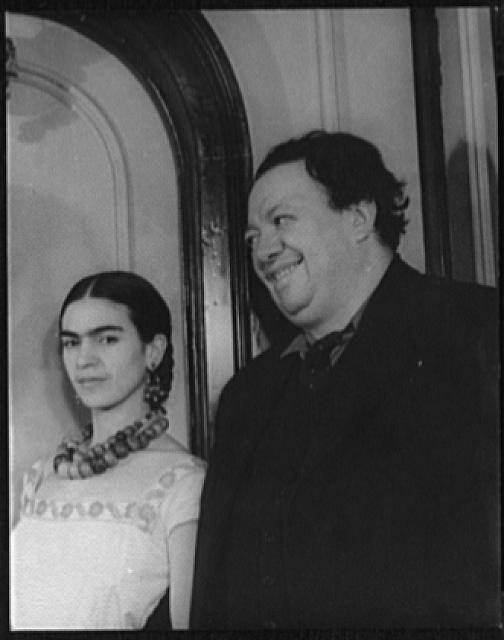
In context of the exhibition Sitting reconsidered. Design, Observe, Stage at the Burg Galerie, Halle, Theresa Güldenberg and Magdalena Meißner developed the project Hidden Hostility which through highlighting the methods via which local authorities prevent homeless individuals sleeping on urban benches, through highlighting and discoursing with the fact that local authorities actively prevent homeless individuals sleeping on urban benches, explored contemporary questions of public seating, not least questions of public seating and inclusion or public seating and democracy.
Have a seat! The Park Bench as Social Sculpture at the MUSA Startgalerie Vienna, employs, if one so will, such questions as the basis for an exhibition.
An exhibition which will present projects developed by eight invited artists, projects representing a wide range of creative genres, by artists of varying methodologies; and which as a collection of positions and responses, as a varied collection of positions and responses, should not only help focus attention on the many questions involved in contemporary urban seating, but also on the many questions pertaining to the wider furnishing of our urban spaces: who makes those decisions? On what basis are those decisions reached? Are we happy with the status quo? Are we happy with that which is supplied? And if not? Whose urban space is it? Etc. Etc. Etc.
And thus an exhibition which should help develop appreciations that while a park bench is an invitation to rest for a couple of minutes, it is an awful lot more.
Have a seat! The Park Bench as Social Sculpture is scheduled to open at MUSA Startgalerie, Felderstraße 6–8, 1010 Vienna on Thursday July 7th and run until Sunday October 23rd. Further details can be found at www.wienmuseum.at/musa-startgalerie
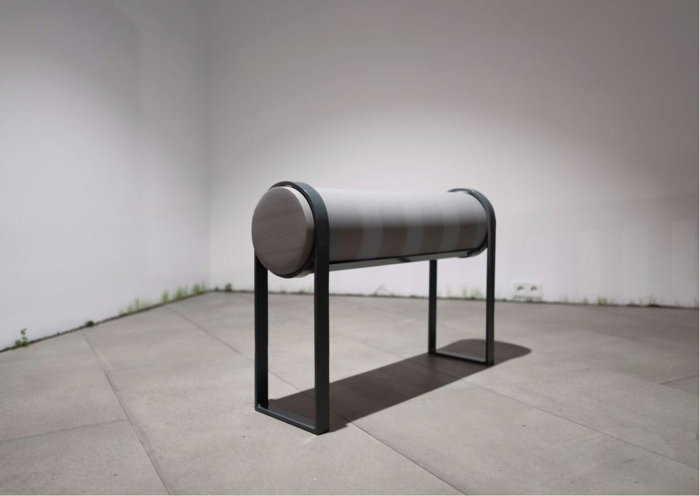
Born in Milan in 1936 Nanda Vigo is and was a creative who moved effortlessly between art, architecture and design, a creative who over the course of her career cooperated with contemporaries as varied as, for example, ZERO, Gio Ponti or Kartell, a creative whose theories, positions and research on light and space, on the relationships between light and space, make and made her one of the more distinctive and notable post-War artists. And a creative who today is largely popularly unknown.
Promising a presentation of works, projects and products from across Vigo's long and varied career, a primary focus of l'espace intérieur will be recreations of several of Vigo's environments and installations; immersive environments and installations featuring, one can safely assume, swathes of glass, metal, perspex, mirrors and neon. And visual and sensory distortion.
Immersive environments and installations which in their challenging of the perception of space and the dimensionality of light should allow l'espace intérieur to not only illuminate, pun intended, Vigo's work but also the contemporary relevance of the theories, positions and research on which that work is based. And thus the ongoing relevance of Nanda Vigo to and in contemporary architecture and design.
Nanda Vigo, l'espace intérieur is scheduled to open at the Musée des Arts décoratifs et du Design, 39 rue Bouffard, 33000 Bordeaux on Thursday July 7th and run until Sunday January 8th. Further details can be found at https://madd-bordeaux.fr/
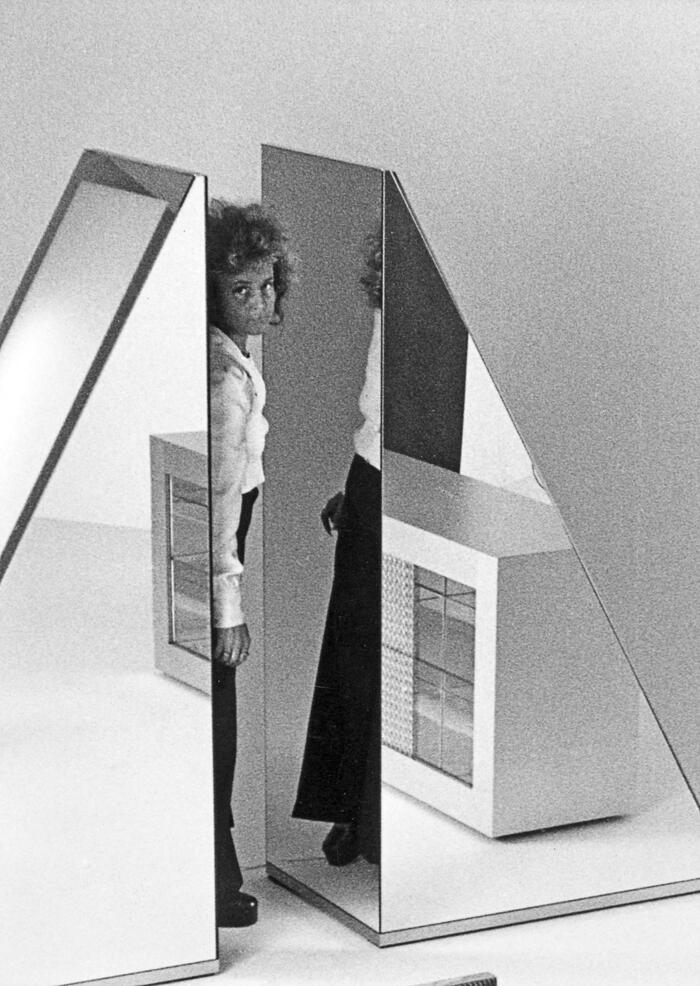
1"One day in the midst of a burning July / When meadows were parched and the rivulets dry / A cluster of Bees in extreme trepidation / Flew towards a serynga to consultation", Sara Coleridge, The Generous Humble or Bumble Bees in Pretty Lessons in Verse for Good Children; With Some Lessons in Latin in Easy Rhyme, John W Parker & Son, London, 1853